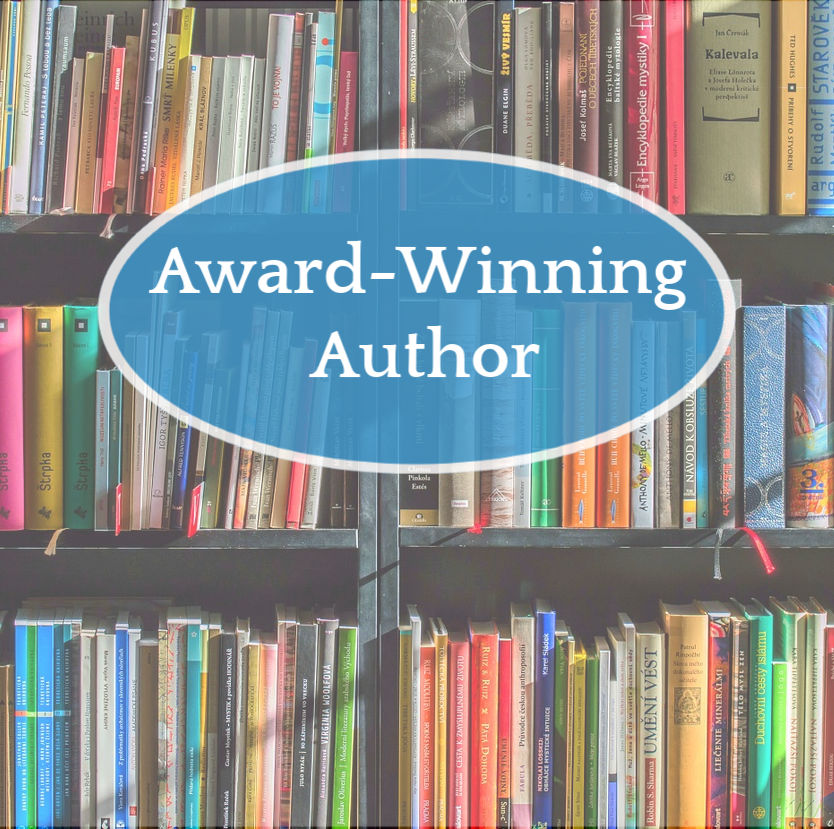
Writers Chat Recap For October Part 1
Writers Chat, hosted by Johnnie Alexander, Brandy Brow, and Melissa Stroh, is the show where we talk about all…
October 18, 2023
Writers Chat, hosted by Johnnie Alexander, Brandy Brow, and Melissa Stroh, is the show where we talk about all…
October 18, 2023
How many times have you read a book or watched a movie and thought to yourself: that could never…
December 20, 2021
What’s the secret of using others’ stories to beef up our own without plagiarizing? I’m always looking to craft…
July 17, 2021
Ever heard someone say, “I love a good mystery!” That’s more likely than hearing“I love a good suspense story.”…
June 17, 2021
Outside of studying the necessary and ever-increasing number of how-to books on writing, character building, plotting, showing and telling,…
December 17, 2020
Somewhere along the way doubts may have bubbled up and spilled over. Is the mystery, suspense, thriller genre still…
October 17, 2020
Technology today offers a wide selection of resources for writers in the form of YouTube instructional videos, simulcasts, zoom…
June 17, 2020
Why do you write fiction? Why cloak your story in the mystery, suspense, or thriller genre? The right answers…
April 17, 2020
Can you share a little about your recent book? Chasing the White Lion is a mash-up of thieves and…
April 1, 2020
“I write fiction. Is research really necessary?” “… a novelist has nearly the same obligation for accuracy as a…
January 17, 2020
Voice and style can make or break an author’s novel, so how can we make it stand out from…
November 17, 2019
Should I worry about trends? Do I write what I want and hope it sells? Is the mystery, suspense,…
October 17, 2019
What’s the secret to creating a book worthy of catching an agent’s eye? Worthy of turning an acquisition editor’s…
August 17, 2019
Are you writing a mystery or a thriller? Do you know how to tell the difference between suspense, thriller…
May 31, 2018
Since we’re on the eve of Memorial Day Weekend, it only seems fitting to highlight Rick Barry’s WWII novels,…
May 30, 2018